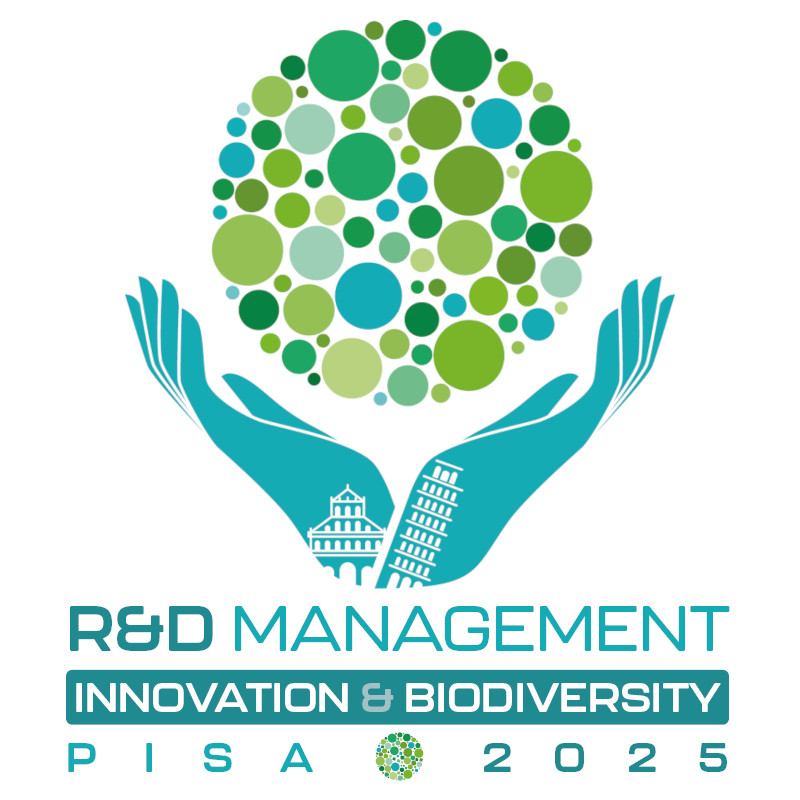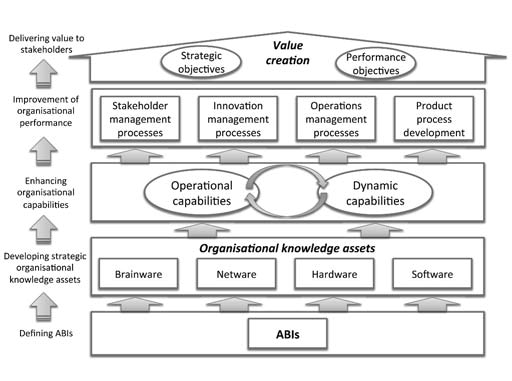The introduction of an art-based initiative to a business, or an artist to stimulate creative thinking, has been found anecdotally to bring value to organisations – but how can you measure the impact?
Dr Giovanni Schiuma has developed an ‘Arts Value Map’ as a framework to address this challenge. Now Director of the Department of Engineering at Università LUM, his previous roles include professor of arts-based management and director of the innovation insights hub at the University of the Arts in London, and he is the author of the book “Value of Arts for Business“.
Here Dr Schiuma explains how to value arts-driven innovation.

The transformative power of arts-driven innovation in business
Far from being ornamental or supplementary, the arts serve as a vital strategic component for fostering creativity, resilience, and human-centered approaches in 21st-century organisations.
In a business world defined by rapid change and increasing complexity, organisations must go beyond traditional tools and frameworks to unlock new opportunities for innovation and growth. One of these approaches is to harness the transformative power of the arts as a driver of innovation and organisational development.
Arts-driven innovation can be utilised to achieve various goals. Specifically, by challenging linear problem-solving approaches it empowers organisations to cultivate creativity and adaptability. By promoting imaginative thinking and emotional engagement, it allows teams to explore unconventional solutions while adapting to changing conditions.
Furthermore, the arts through their aesthetic power, connect with stakeholders’ emotional and sensory experiences, creating human-centered solutions that resonate deeply with human values and aspirations.
Arts-driven innovation can:
- inspire new organisational models
- enhance management practices
- enable organisations to integrate aesthetic value into products, services, and culture,
- improving user experiences
- building trust, and creating lasting value for stakeholders.
Arts-driven innovation can be effectively implemented in organisations through specific arts-based initiatives that provide structured methods for integrating the arts into organisational practices, ensuring their strategic alignment with business objectives. The arts value map is a suggested framework for evaluating the benefit of these initiatives.
Arts Value Map
Arts Value Map links the implementation of arts-based initiatives with their impact on the organisation. It essentially moves beyond approaching creativity as a tool or thinking method and positions it instead as competence or trait.
Companies introduce the arts, not just as an organisational and management initiative but also as an experience-based process that will provide enjoyment and drive value to the business. However, measuring the impact of this creative dimension is challenging to quantify monetarily, because the affects are so intangible.
Research at the Innovation Insights Hub suggest that the benefits are to both the people and the organisational infrastructure of the organisation and suggest that assessment can take two main approaches:
- Index or indicator – this adopts indicators, metrics and algorithms as proxies. For example the number of novel ideas created. But the ideas may not be applicable to the business or translate into organisational innovation.
- Narrative-based approach – this looks for cognitive patterns and aims to understand the characteristics and relationships between the variables under study. This is essentially qualitative in nature.
The researchers proposed that the narrative-based approach was potentially most useful and proposed the development of casual maps to measure the impact of the arts, with the basic assumption, that if you grow the knowledge-assets then you grow the business.
The resulting Arts Value Map shows how adoption of creative processes can affect business performance and can be used for both planning and assessment.
Further resources that may be of interest
Schiuma, G., The Value of Arts for Business, Cambridge University Press, Cambridge, 2011.
This post is part of an R&D Today special feature: How to measure the value created by innovation
Art thinking and contribution of the arts to innovation is also one of the subjects to be discussed in Track 7 of R&D Management Conference 2025. R&D Management Conference 2025 Track 7: People, creativity and innovation

R&D Management Conference 2025:
Innovation & Biodiversity
Institute of Management of Scuola Superiore Sant’Anna, Pisa
30 June – 2 July 2025


